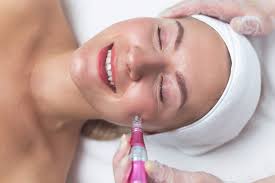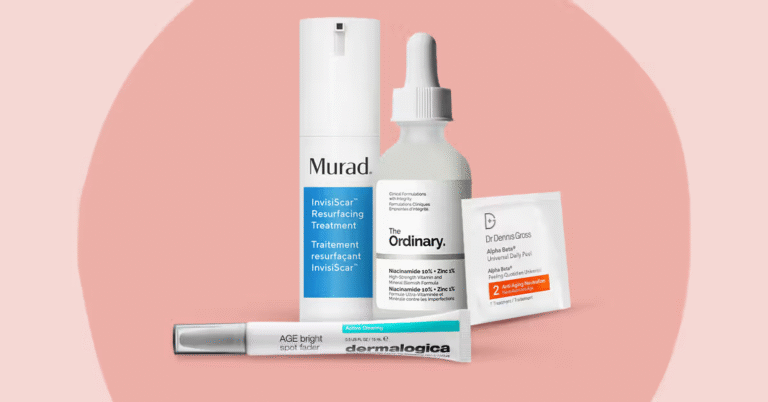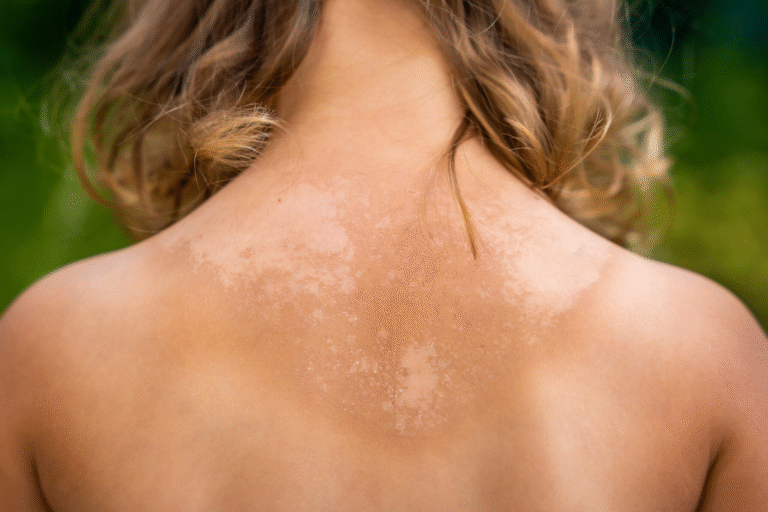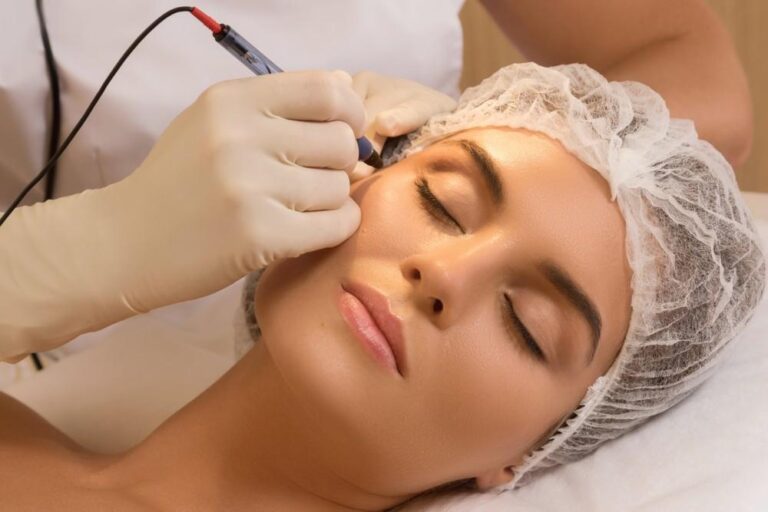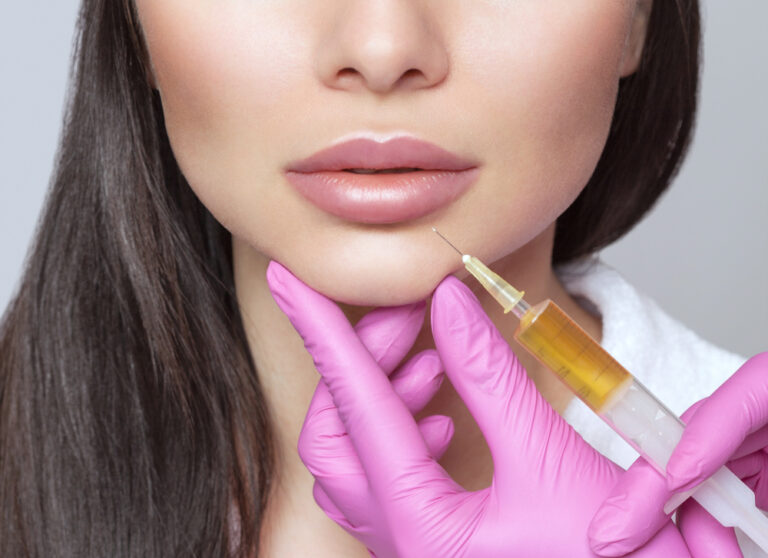How PRP Therapy Stimulates Collagen Production
PRP therapy is a natural approach to skin rejuvenation in aesthetic medicine. This treatment uses your body’s own healing mechanisms to address various skin concerns and promote a more youthful appearance. Understanding the science behind PRP therapy can help you make informed decisions about your aesthetic treatment options.
What Is PRP Therapy?
PRP stands for platelet-rich plasma, a concentrated form of plasma derived from your own blood. The treatment involves drawing a small amount of blood, processing it to concentrate the platelets, and then reinjecting this platelet-rich solution into targeted areas of the skin. Platelets contain growth factors and proteins that play an integral role in tissue repair and regeneration.
The concentrated plasma contains a higher concentration of platelets than normal blood. These platelets release growth factors when activated, triggering cellular repair mechanisms and promoting tissue regeneration. PRP therapy is a natural treatment option since it uses your body’s own biological materials.
How Does It Work?
This therapy works by delivering concentrated growth factors directly to the treatment area. When platelets are activated, they release multiple growth factors that stimulate cellular activity and promote healing processes. This may include the activation of fibroblasts, which are cells responsible for producing collagen and elastin. The concentrated platelets also promote the formation of new blood vessels, which improves circulation and nutrient delivery to the treated area.
What Does the Process Involve?
The process begins with a consultation to assess your skin concerns and determine your suitability for this treatment. During the appointment, blood is drawn from your arm using a standard blood draw technique. The blood is then placed in a specialized centrifuge machine that separates the different blood components.
Centrifugation typically takes a few minutes and creates distinct layers within the tube. The platelet-rich plasma layer is carefully extracted using a sterile technique. The concentrated PRP may be injected into the target areas using fine needles or applied topically after microneedling procedures, depending on your specific treatment plan.
How Does It Stimulate Collagen Production?
PRP therapy stimulates collagen production by releasing specific growth factors that activate particular cells. The cells they activate are responsible for synthesizing collagen, elastin, and other structural proteins that maintain skin firmness and elasticity. Growth factors help create a healing environment that encourages increased cellular activity. The newly produced collagen helps improve skin texture, reduce fine lines, and restore volume to areas that have experienced age-related loss of collagen.
What Are the Benefits?
PRP therapy offers several benefits for skin rejuvenation and aesthetic improvement. The treatment can reduce the appearance of fine lines and wrinkles, particularly around the eyes and mouth. Patients may experience improved skin texture and tone, with a more radiant and youthful appearance developing over time.
The natural approach of PRP therapy minimizes the risk of allergic reactions, as the treatment utilizes your own blood components. This makes it suitable for patients who may not be candidates for other treatments. PRP therapy can also improve acne scarring, sun damage, and overall skin quality through enhanced collagen production. The treatment can be repeated as needed to maintain results, and the gradual improvement provides natural-looking outcomes that develop over time.
Visit a Medical Spa Today
PRP therapy represents an advanced approach to natural skin rejuvenation through the stimulation of collagen. The treatment harnesses your body’s healing mechanisms to address multiple skin concerns while promoting long-term skin health. Schedule a consultation with a qualified medical spa professional to determine if PRP therapy is suitable for your specific skin concerns.

